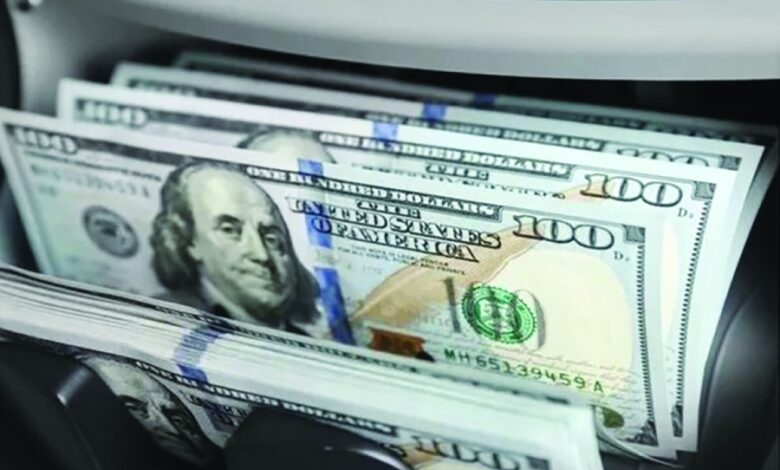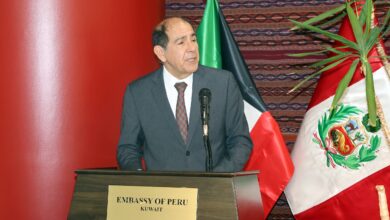Dollar weakness reshapes Gulf economies and global investment trends
The dollar’s decline is proving to be a double-edged sword — raising costs and fueling inflation in the Gulf while simultaneously opening new opportunities in tourism, investment, and non-oil trade. Globally, it is driving a reallocation of capital, strengthening emerging markets, and pushing central banks toward gold, signaling a deeper shift in the world’s financial order.

The depreciation of the US dollar is reshaping economic dynamics in the Gulf region and beyond, with mixed consequences for spending, trade, remittances, and investment.
In the Gulf, residents whose incomes are pegged to the dollar are seeing reduced purchasing power, as travel abroad and luxury goods become more expensive. Expatriates are also sending less money home, since remittances lose value when converted into stronger currencies. At the same time, the weaker dollar is raising the cost of imports from Europe and Japan, fueling inflation and straining household budgets.
Despite these challenges, the weaker dollar is also creating opportunities. Gulf states are benefiting from a surge in inbound tourism, as visitors from Europe and other countries with stronger currencies find the region more affordable. Foreign investors are also eyeing Gulf real estate and other sectors, taking advantage of lower entry costs. Meanwhile, local investors are diversifying into gold, emerging markets, and foreign stocks to offset dollar-related risks.
A report by PwC noted that investors are shifting their behavior as concerns about the US economy undermine the dollar’s role as a safe-haven asset. For Gulf economies, the mismatch between dollar-denominated revenues from oil exports and the higher costs of imports in other currencies is adding pressure on fiscal balances. Yet, the weaker dollar is also making non-oil exports and tourism more competitive, supporting the region’s diversification efforts.
On the global stage, the dollar’s decline is influencing expectations of US monetary policy. Analysts suggest that interest rate cuts could support the US economy and boost equity markets, with the S&P 500 historically averaging strong gains following initial rate reductions. However, the weaker dollar this time around may dampen foreign investor appetite, prompting many to seek “anything but the dollar” strategies, according to Bank of America.
Emerging economies are among the biggest beneficiaries of this trend. Countries such as India, Brazil, and South Africa are seeing reduced debt burdens on dollar-denominated loans, stronger local currencies, and increased capital inflows.
Central banks are also ramping up gold purchases at levels not seen since 1979, diversifying reserves away from the dollar. Fitch Ratings estimates this could accelerate growth in emerging markets by 4–5 percent in 2026.
The National notes that pressure on the Federal Reserve, combined with interest rate cuts, increases the likelihood of prolonged dollar weakness. This shift is fueling confidence in emerging markets and boosting alternative assets, with the MSCI Emerging Markets Index outperforming the S&P 500 since the start of the year.
The dollar’s decline is proving to be a double-edged sword — raising costs and fueling inflation in the Gulf while simultaneously opening new opportunities in tourism, investment, and non-oil trade. Globally, it is driving a reallocation of capital, strengthening emerging markets, and pushing central banks toward gold, signaling a deeper shift in the world’s financial order.
Follow The Times Kuwait on
X, Instagram and Facebook for the latest news updates













